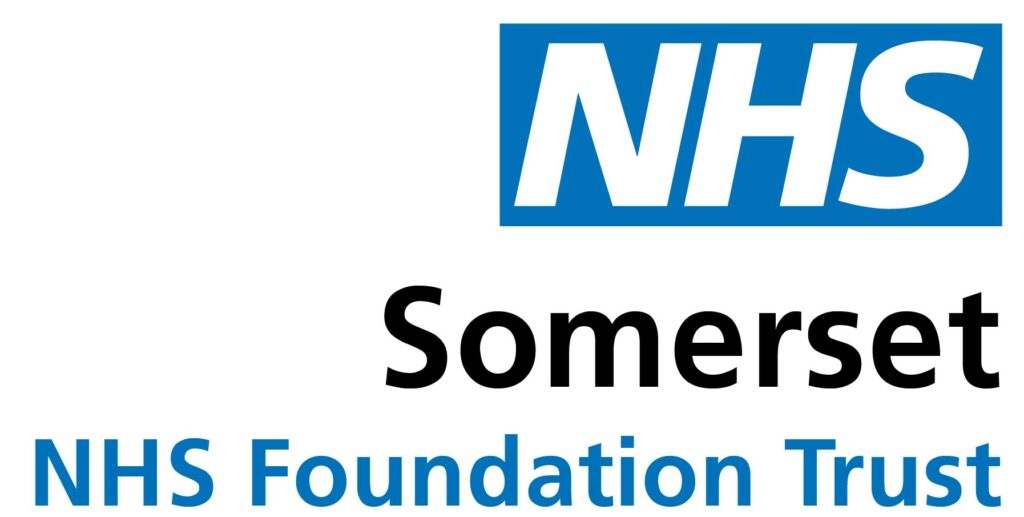What happens during AAA screening?
Screening for abdominal aortic aneurysm (AAA) involves a quick and painless ultrasound scan of your tummy. This is similar to the scan pregnant women have to check on their baby.
When you arrive for your appointment, a screening technician will check your details, explain the scan and ask if you have any questions.
During the scan:
- you lie down on a table and lift up or unbutton your top (you do not need to undress)
- the technician rubs a clear gel on your tummy and moves a small handheld scanner over your skin. Pictures from the scanner are shown on a monitor and the technician will measure how wide your aorta is
- the gel is wiped away and you pull down or button up your top
- the technician tells you the result straight away
- the whole test usually takes about 10 to 15 minutes
Sometimes the technician might not be able to see your aorta clearly. This is not anything to worry about. If this happens, you’ll be asked to have another scan, usually on a different day.
Results of AAA screening
You’ll be told your result at the end of the test. If any problem is found, you’ll also be a sent letter confirming the result and letting you know what happens next. There are four possible screening results:
No aneurysm found
If your aorta is less than 3cm wide, this means it’s not enlarged. Most men have this result. You will not need to have any treatment or monitoring afterwards, and will not be invited for AAA screening again.
Small AAA
If you have a small AAA, this means your aorta measures 3cm to 4.4cm across. Just over 1% of men screened have a small AAA. You will not need any treatment at this stage as the chance of the AAA bursting is small. You’ll be invited back for a scan every year to check its size. Treatment will usually only be needed if it becomes a large AAA.
Medium AAA
If you have a medium AAA, this means your aorta measures 4.5cm to 5.4cm across. About 0.5% of men screened have a medium AAA. You will not need any treatment at this stage as the chance of the AAA bursting is small. You’ll be invited back for a scan every three months to check its size. Treatment will usually only be needed if it becomes a large AAA.
Large AAA
If you have a large AAA, this means your aorta measures 5.5cm or more across. About 0.1% of men screened have a large AAA. As large AAAs are at the highest risk of bursting if left untreated, you’ll be referred to a specialist surgeon within two weeks to talk about your treatment options. Most men with a large AAA are advised to have surgery to stop it getting bigger or bursting. While surgery carries a risk of serious complications, this is generally smaller than the risk of not treating a large AAA.
